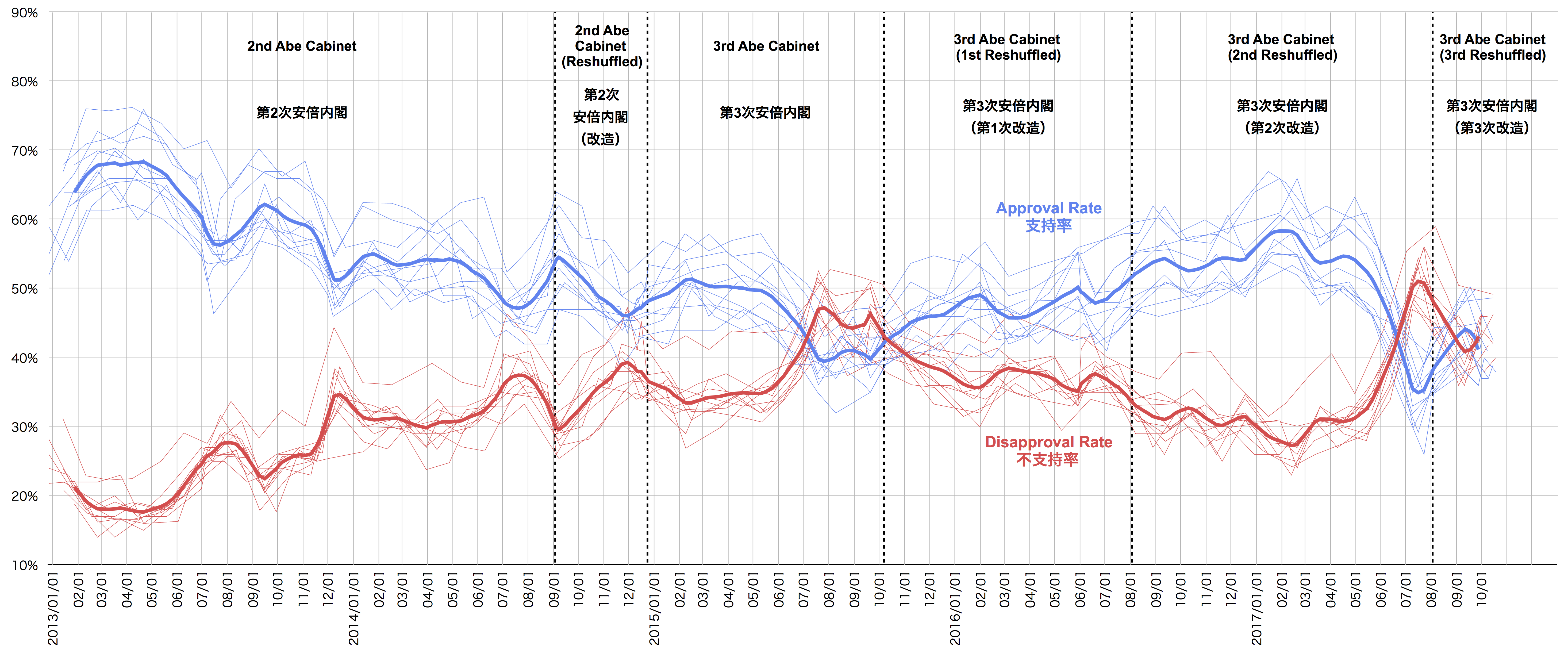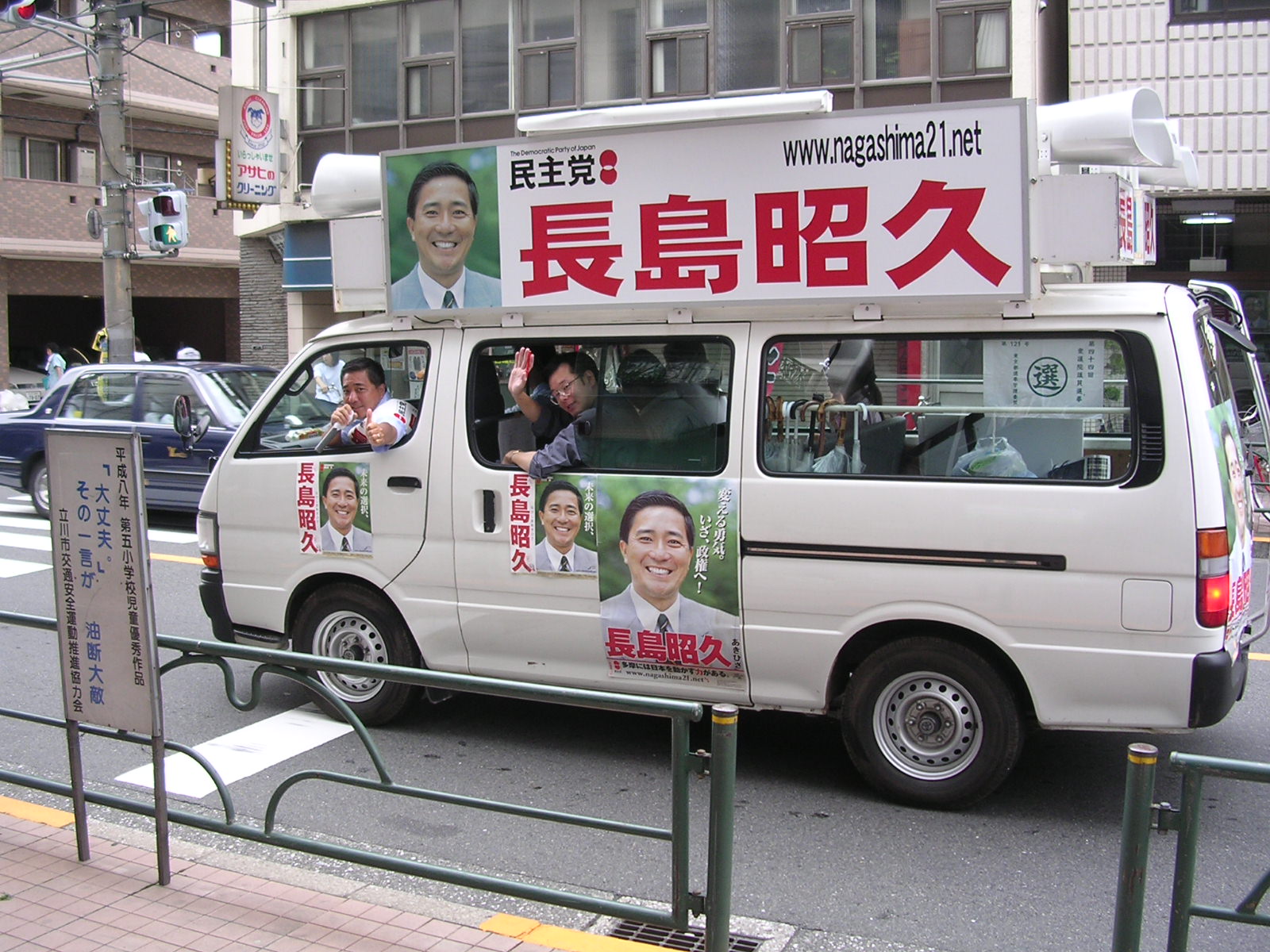|
Wakayama 3rd District
Wakayama 3rd district is a constituency of the House of Representatives in the Diet of Japan (national legislature). It is located in Wakayama Prefecture and consists of Arida, Gobo, Shingu, and Tanabe cities and the Arida, Hidaka, Higashimuro, and Nishimuro districts. As of 2012, 298,296 eligible voters were registered in the district.Ministry of Internal Affairs and Communications (MIC)選挙区ごとの選挙人名簿及び在外選挙人名簿登録者数等">平成24年9月2日現在選挙人名簿及び在外選挙人名簿登録者数>選挙区ごとの選挙人名簿及び在外選挙人名簿登録者数等 Since its creation in 1996, Wakayama 3rd district has been represented by Toshihiro Nikai for the New Frontier Party (NFP), the Conservative Party, the New Conservative Party New Conservative Party (or similar names) may refer to: * New Conservative Party (UK), 1960–1962 * New Conservative Group, Australia, 1991–1992 * New Conservative Party (Japan), 2000 ... [...More Info...] [...Related Items...] OR: [Wikipedia] [Google] [Baidu] |
House Of Representatives Of Japan
The is the lower house of the National Diet of Japan. The House of Councillors (Japan), House of Councillors is the upper house. The composition of the House is established by and of the Constitution of Japan. The House of Representatives has 465 members, elected for a four-year term. Of these, 176 members are elected from 11 multi-member constituencies by a party-list system of proportional representation, and 289 are elected from single-member constituencies. The overall voting system used to elect the House of Representatives is a Parallel voting, parallel system, a form of semi-proportional representation. Under a parallel system the allocation of list seats does not take into account the outcome in the single seat constituencies. Therefore, the overall allocation of seats in the House of Representatives is not proportional, to the advantage of larger parties. In contrast, in bodies such as the German ''Bundestag'' or the New Zealand Parliament the election of single-seat ... [...More Info...] [...Related Items...] OR: [Wikipedia] [Google] [Baidu] |
2021 Japanese General Election
General elections were held in Japan on 31 October 2021, as required by the constitution. Voting took place in all constituencies in order to elect members to the House of Representatives, the lower house of the National Diet. As the constitution requires the cabinet to resign in the first Diet session after a general election, the elections will also lead to a new election for Prime Minister in the Diet, and the appointment of a new cabinet, although ministers may be re-appointed. The election was the first general election of the Reiwa era. The election followed a tumultuous period in Japanese politics which saw the sudden resignation of Prime Minister Shinzo Abe in 2020 due to health issues and the short premiership of his successor Yoshihide Suga, who stepped down as leader of the ruling Liberal Democratic Party (LDP) after only about a year in office due to poor approval ratings. The period since the previous general election in 2017 also saw the consolidation of much of ... [...More Info...] [...Related Items...] OR: [Wikipedia] [Google] [Baidu] |
2017 Japanese General Election
General elections were held in Japan on 22 October 2017. Voting took place in all Representatives constituencies of Japan – 289 single-member districts and eleven proportional blocks – in order to appoint all 465 members (down from 475) of the House of Representatives, the lower house of the then 707-member bicameral National Diet of Japan. Incumbent Prime Minister Shinzō Abe's governing coalition of the Liberal Democratic Party (LDP) and the Komeito party retained their seats in signs of what was perceived as weak opposition. The PM won his fourth term in office and held on to the two-thirds supermajority in order to implement policies on revising the war-renouncing Article 9 of the Japanese Constitution. The snap elections were called in the midst of the North Korea missile threat and with the largest opposition party, the Democratic Party, in disarray. Just hours before Abe's announcement of the snap election on 25 September, Governor of Tokyo Yuriko Koike launched a n ... [...More Info...] [...Related Items...] OR: [Wikipedia] [Google] [Baidu] |
2014 Japanese General Election
General elections were held in Japan on 14 December 2014. Voting took place in all Representatives constituencies of Japan including proportional blocks to elect the members of the House of Representatives, the lower house of the National Diet of Japan. As the cabinet resigns in the first post-election Diet session after a general House of Representatives election (Constitution, Article 70), the lower house election also led to a new election of the prime minister in the Diet, won by incumbent Shinzō Abe, and the appointment of a new cabinet (with some ministers re-appointed). The voter turnout in this election remains the lowest in Japanese history. Background In 2012, the Democratic Party government under Yoshihiko Noda decided to raise the Japanese consumption tax. This unpopular moved allowed the Liberal Democratic Party under Shinzo Abe to regain control of the Japanese government in the 2012 Japanese general election. Abe proceeded to implement a series of economic prog ... [...More Info...] [...Related Items...] OR: [Wikipedia] [Google] [Baidu] |
2012 Japanese General Election
General elections were held in Japan on 16 December 2012. Voters gave the Liberal Democratic Party a landslide victory, ejecting the Democratic Party from power after three years. It was the fourth worst defeat suffered by a ruling party in Japanese history. Voting took place in all representatives' constituencies of Japan including proportional blocks, in order to appoint Members of Diet to seats in the House of Representatives, the lower house of the National Diet of Japan. In July 2012, it was reported that the deputy prime minister Katsuya Okada had approached the Liberal Democratic Party to sound them out about dissolving the house of representatives and holding the election in January 2013. An agreement was reached in August to dissolve the Diet and hold early elections "shortly" following the passage of a bill to raise the national consumption tax. Some right-wing observers asserted that as the result of introducing the consumption tax to repay the Japanese public deb ... [...More Info...] [...Related Items...] OR: [Wikipedia] [Google] [Baidu] |
2009 Japanese General Election
General elections were held in Japan on August 30, 2009 to elect the 480 members of the House of Representatives. The opposition Democratic Party of Japan (DPJ) defeated the ruling coalition ( Liberal Democratic Party (LDP) and New Komeito Party) in a landslide, winning 221 of the 300 constituency seats and receiving 42.4% of the proportional block votes for another 87 seats, a total of 308 seats to only 119 for the LDP (64 constituency seats and 26.7% of the proportional vote). Under Japan's constitution, this result virtually assured DPJ leader Yukio Hatoyama would be the next Prime Minister of Japan. He was formally named to the post on September 16, 2009. Prime Minister Tarō Asō conceded late on the night of August 30, 2009, that the LDP had lost control of the government, and announced his resignation as party president. A leadership election was held on September 28, 2009. The 2009 election was the first time since World War II that voters mandated a change in control ... [...More Info...] [...Related Items...] OR: [Wikipedia] [Google] [Baidu] |
2005 Japanese General Election
General elections were held in Japan on 11 September 2005 for all 480 seats of the House of Representatives of Japan, the lower house of the Diet of Japan, almost two years before the end of the term taken from the last election in 2003. Prime Minister Junichiro Koizumi called the election after bills to privatize Japan Post were voted down in the upper house (which cannot be dissolved), despite strong opposition within his own Liberal Democratic Party (Japan) (LDP). The election handed a landslide victory to Koizumi's LDP, with the party winning 296 seats, the largest share in postwar politics and the first time the LDP had won an overall majority on its own in the House of Representatives since 1990. With its partner, New Komeito, the governing coalition then commanded a two-thirds majority in the lower house, allowing them to pass legislative bills over the objections of the upper house and (though the government did not attempt this) to approve amendments to the Constitution ... [...More Info...] [...Related Items...] OR: [Wikipedia] [Google] [Baidu] |
2003 Japanese General Election
General elections were held in Japan on November 9, 2003. Incumbent Prime Minister Junichiro Koizumi of the Liberal Democrat Party won the election but with a reduced majority. The main opposition Democratic Party made considerable gains, winning 177 of the 480 seats in the House of Representatives, its largest share ever. Other traditional parties like the Communist Party and the Social Democrat Party lost a significant numbers of seats, making a two-party system a possibility in later Japanese politics. Background On October 11, 2003, Prime Minister Junichiro Koizumi dissolved the House of Representatives of the Diet after he was re-elected as the Liberal Democrat Party chief on September 20. The dissolution was based on Article 7 of the Constitution of Japan, which can be interpreted as saying that the Prime Minister has the power to dissolve the lower house after so advising the Emperor. The election was the first since Koizumi was named Prime Minister in April 2001. The m ... [...More Info...] [...Related Items...] OR: [Wikipedia] [Google] [Baidu] |
Liberal Party (Japan, 1998)
The was a political party in Japan formed in 1998 by Ichirō Ozawa and Hirohisa Fujii. It is now defunct, having joined the Democratic Party of Japan in 2003. The Liberal Party were part of the Japanese liberal Parties genealogy, neoliberal and neoconservative. Ichirō Ozawa should not be confused with the left-liberal Liberal Party, which was re-established in 2016. History The Liberal Party was formed from remnants of the New Frontier Party after it dissolved in 1998. The party did do quite well for a new party, joining the opposition led by the Democratic Party of Japan (DPJ) and also including the New Kōmeitō, the Social Democratic Party and Japanese Communist Party, and thus helped contest elections against the ruling conservative Liberal Democratic Party (Japan), Liberal Democratic Party (LDP). In January 1999, it formed a coalition with the ruling LDP under Keizō Obuchi. Takeshi Noda as Minister for Home Affairs became its only member in the realigned Obuchi cabin ... [...More Info...] [...Related Items...] OR: [Wikipedia] [Google] [Baidu] |
1996 Japanese General Election
General elections were held in Japan on 20 October 1996. A coalition of the Liberal Democratic Party, New Party Sakigake and the Social Democratic Party, led by incumbent Prime Minister Ryutaro Hashimoto of the LDP won the most seats. These were the first elections after the 1994 electoral reform. Previously, each district was represented by multiple members, sometimes from the same party, causing intra-party competition. Under the new rules, each district nominated one representative, elected using first-past-the-post voting. A separate party-list vote was introduced for voters to choose their favored party in addition to votes for individual candidates, as a way to more accurately approximate the seats in the House of Representatives of Japan to the actual party votes, in an effort to achieve more proportional representation. Background The 41st general elections of members of the House of Representatives took place on October 20, 1996. General election for the House of Repre ... [...More Info...] [...Related Items...] OR: [Wikipedia] [Google] [Baidu] |




.png)